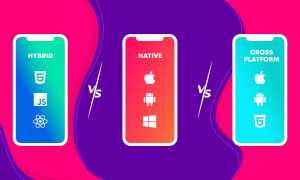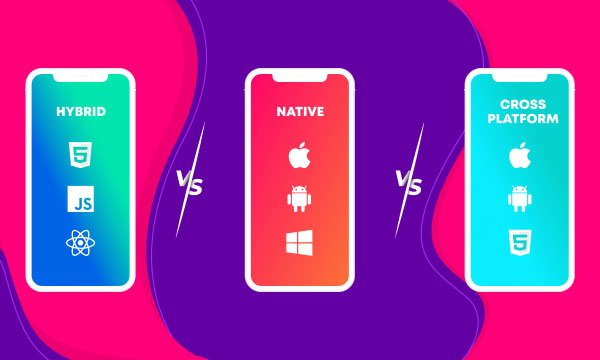
Whether you’re looking to build an app or want to hire a developer, it’s important that you choose the right platform and development method. But which one is best? Native versus cross-platform app development? And how do they differ? This article will outline the five most important things you should consider when choosing between these two methods of app development.
The Purpose of Your App
The purpose of your app is to provide a solution to a problem. You don’t want to create an app that’s just fun or cool, because the users will stop using it after a few weeks. You need to be thinking about how your app solves a problem or helps someone solve a problem.
Your app needs to do something useful for people who use it. If you can’t make money from your app, then it’s not worth developing it in the first place. The reason behind this is that if you’re creating an app for free and there’s no way for you to make money from it, then what’s the point? You’ll just end up wasting your time and energy on something that won’t give you any return on investment (ROI).
How Much Are You Willing to Spend on the Development?
The first thing to consider is how much you are willing to spend on the development. This is not an absolute amount, but rather a percentage of the total cost of the project. The more you spend, the better the results, but the more money you spend, the less time and resources you have available for other projects.
The best way to determine this is by calculating how much time it takes you to perform certain tasks. For example, if it takes an hour for someone else to do a job, then it will take approximately one-third as long for you to do that same job. Then divide that time by three and multiply that by whatever percent of your salary or budget represents your hourly rate for work (i.e., $30/hr). This number should be used as a guideline for determining how much money will be needed for development costs.
What Are Your Strategic Objectives Regarding Your App?
Strategic objectives are the goals that you want to accomplish with your app. They are usually long-term goals, such as making money, increasing your brand awareness or increasing your user base.
However, strategic objectives can also be short-term goals like reaching 100 installs or even just getting someone to download your app.
If you have a strong understanding of what your strategic objectives are, then it will be easier for you to determine what kind of marketing activities should be used to achieve them.
Do You Have an In-House Team or Will You Need to Hire an Outsourced Team?
A lot of people ask the question, do I need to hire an outsourced team or can I do it all in-house? The answer is that it depends on your level of experience and expertise. It’s important to note that you should always start small and grow as your business grows.
If you don’t have a strong understanding of app development, it would be wise to outsource the creation of your first few apps. An outsourced team can provide quick results while still allowing you to maintain control over the process and how things are done.
Once you’ve gained some experience with app development, you may want to consider hiring an in-house team for further expansion. You’ll have access to more resources and technology than if you stuck with an outsourcing solution.
What kind of app do you want to build?
You need to choose the right platform for your app. For example, if you want to build a social media app, you may want to consider building it on Facebook or Instagram. If you’re looking to build an app that has a mobile component, then iOS is probably your best bet.
The more niche your app is, the more likely it is that there’s only one platform that can handle it. For example, if you’re building an app for the fitness industry, there are only certain platforms that will be able to handle its needs (e.g., Apple HealthKit).
Conclusion:
Choosing between Native vs Cross Platform App Development. Which is best for your product? is a big decision, especially when it comes to designing your next mobile application. The two options are very different in many ways, but also have some qualities in common. It’s good to be aware of these differences before starting development so you can develop an app that fits your goals, not to mention hit your deadline!





















